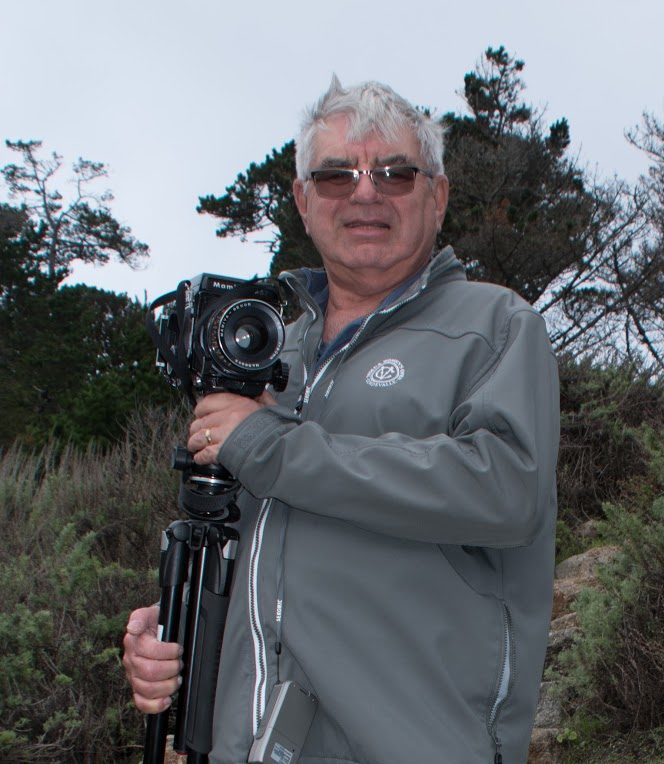It’s not often you find yourself sipping a freshly poured glass from a local vineyard while studying a microorganism capable of withstanding the vacuum of space and cosmic radiation. First of all, it’s a blatant violation of every lab safety manual ever recorded. But we’re not in the lab.
On Friday, Jan. 24th, the Bankhead Theater in Livermore pulled together the community for a night of inspiring film, local wines, and microscopic tardigrades at the 2020 Wild & Scenic Film Festival. And as the viewers trickled out of the dim theater into the crisp night air, their footsteps tread a little closer, their heads tilted a little higher, their eyes opened a little wider.
The lineup featured 15 short films charged with inspiring activism. The pieces intercepted from widespread angles, illuminating a diverse array of topics from environmental preservation to biomimicry to the sheer, breathtaking awe of beholding the vast night sky.
Before the main event, attendees bustled through a lively “eco-fair” lined with booths from local organizations, interspersed with tastings from local vineyards. In an alcove, a virtual reality trip to Arctic beckoned energetic children and offered brief respite to their parents. I might have taken a whirl if the line wasn’t out the door and the tardigrades were calling my name upstairs. Yes, tardigrades.
An LCD screen-microscope contraption revealed the quivering outlines of a small handful of tardigrades, microorganisms armed with powerful genes that may just unlock secrets of survival for humanity in the stars. Despite their unassuming appearance and affectionate nicknames (“water bears” or “moss piglets”), these creatures can withstand the vacuum of space and ravaging effects of microgravity, not to mention the G-force to get there in the first place — oh, and shrug off a massive unfiltered dose of raw cosmic radiation. Well, some weren’t so happy upon the return voyage, but at least they survived — which is more than we could say if our human crew tried to pull that act.
Back on Earth, local vineyards of Livermore poured flights of award-winning wines, but the hands-down winner of the night has to be Fenestra Winery, who was sampling their “True White.” I stifled a giggle at the clever clean bottle design, which is modeled on the chemical symbol, a “Tw” for True White centered in a square outline, complete with atomic mass and element number in a not-so-subtle nod to the Periodic Table. It seems that despite tending to new fields, the former chemistry professor who owns the winery couldn’t quite leave his former field behind.
Soft bell tones ushered the crowds into the high ceilinged, dimly lit, crimson-upholstered auditorium. The Livermore Poet Laureate, Cynthia J. Patton set the mood with a debut poem. Her voice was both smooth and textured, like dry leaves drifting softly on a breeze. Her words coaxed gentle cascading imagery of the natural world upon upturned ears. Her writing was woven with vivid phrases like “ice groans and splits”, and clever slices at current society when she mentioned “technology, the new almighty” and “counting apps two by two.”
Then, the first film, “Moonline” faded in, bathing 400 faces in a soft blue glow. I was utterly hooked by the lone paraglider sweeping through the snow-peaked night, his luminous parachute like a floating star that had somehow drifted down from the sky. But the moment I considered releasing the tear swelling behind my eye, the parachute shifted in powerful gust. Suddenly, a giant Red Bull Logo raced across the snow, chased from above by the aerial cameras. World-renowned speed rider, Valentin Delluc, skids to a stop and breaks open fresh Red Bull. Nothing like tossing back a can of commercialism amidst the majestic alpine beauty.
But other films managed to impart their message in a gentle foot- print without kicking you in the face. “Girls and Glaciers,” stripped of lush sound design or polished cinematography, left its mark with the pure unedited smiles of aspiring teen girl scientists girls traversing the glacial terrain of Mt. Baker in Washington. This program, Girls on Ice, affords high school girls from all walks of life to come learn environmental science tuition-free. In ten short minutes, we witnessed the young women roughing it in the wilderness, discovering strength they didn’t realize they had and building bonds that would hold beyond their tearful airport goodbyes.
“Biomimicry” was an awe-inspiring bombardment of one idea after another. The basic concept of biomimicry is drawing inspiration from nature, because as the film stated, “the best ideas might not be ours” and perhaps the “natural world has solved what [we’re] trying to solve.” The fascinating concepts included: using structure and light to create color instead of chemical pigment, abalone-inspired self-healing ceramics, harnessing more wind turbine energy by arranging them like a school of fish, utilizing fungal mycelium helpers to increase rice yields five-fold while slashing water usage in half, and self-filling water bottles.
Then, there was the pure simplicity of “Lost in Light,” a cinematic silent countdown sweeping the skies from the haziest, light-polluted cities to the breathtaking depth and luminescence of areas untouched by the glare of electric modernity.
And finally, the reaction video I didn’t know I needed — “A New View of the Moon.” A man with a telescope saunters the streets of LA inviting passersby to witness an ultra high-res view of this celestial body. Though little more than raw footage sliced together, this was by far the most human film of the lineup. It showed that when we look up, we all see the same thing. There is that same core of exploration coursing through all of us. For some, it may be suffocating beneath the weight of everyday life, work, school, family, and other responsibilities — but if you take a moment to look up — you can feel it humming.
Throughout all the films, I was reminded once again of the power of art to move and motivate us. To show us how far we’ve come and how far we have to go, but also how what is in store for humanity when we come together. Powerfully woven music and imagery transcends borders, language, and tugs at our tightly-coiled concepts of separate identities. And the simple, silent act of looking up begins to loosen the binds we burden upon ourselves. So tonight, as one human to another, I invite you.
Look up. Just for a moment. I’ll be looking too.
Amy Tilson-Lumetta is the managing and features editor of The Express. Follow her @AmyTLumetta.



